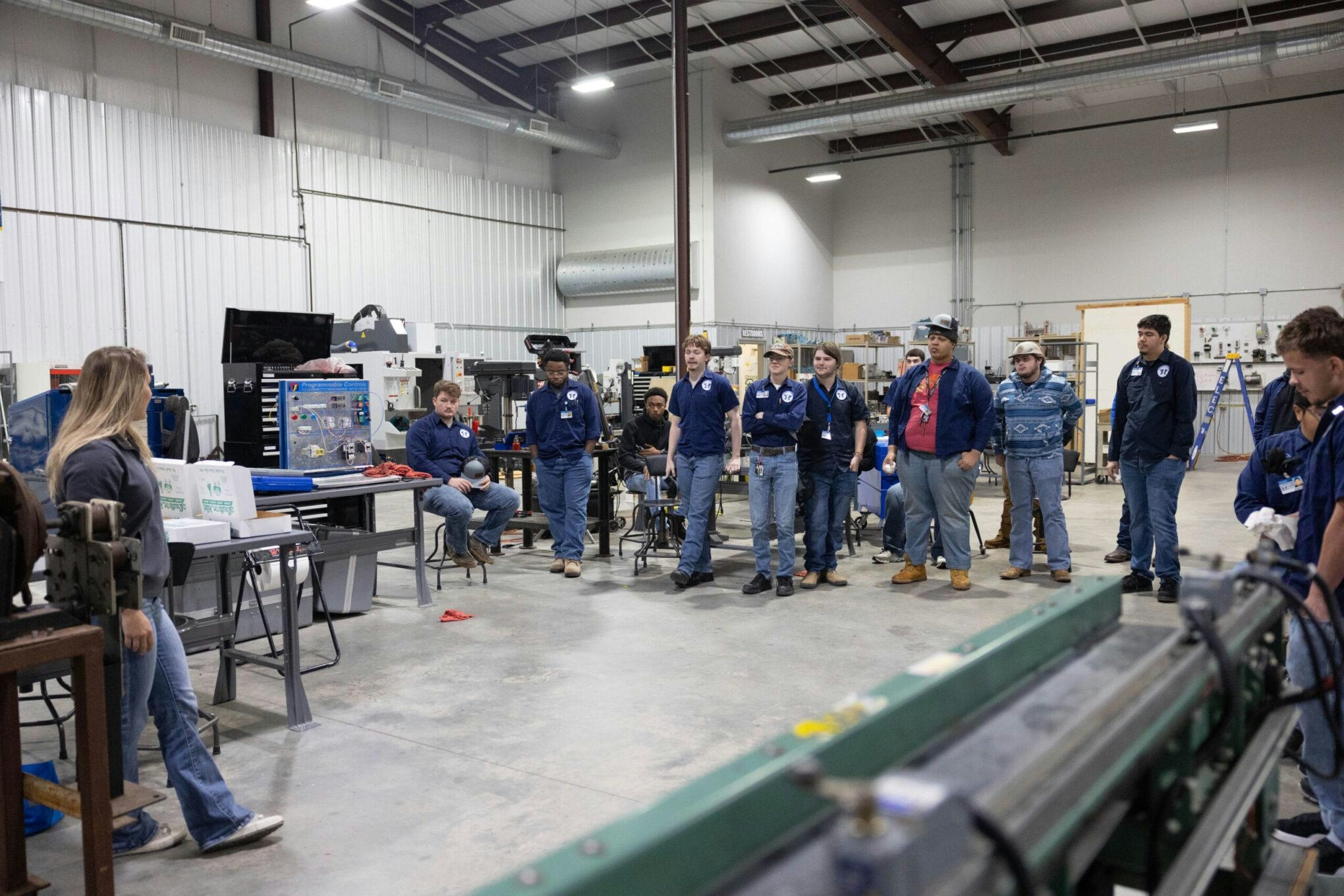
AeroGenie - مساعد الطيار الذكي الخاص بك.
الرائج الآن
Categories
Why No US Airlines Operate This Airbus A330 Variant
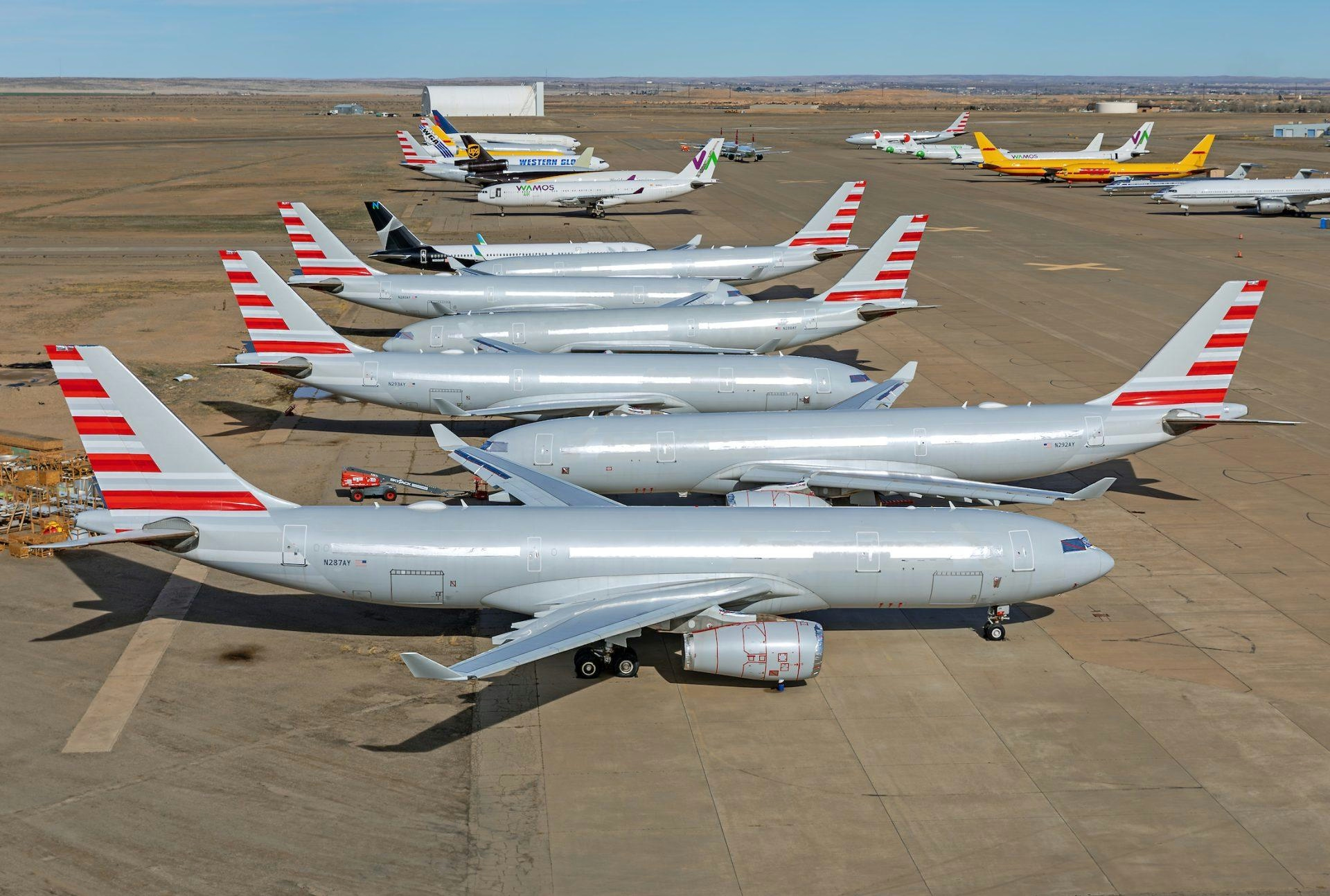
Why No US Airlines Operate This Airbus A330 Variant
The United States boasts the world’s largest aviation industry, yet certain widebody aircraft remain conspicuously absent from the fleets of its major carriers. Among the four principal US airlines operating widebody passenger jets—American Airlines, Delta Air Lines, Hawaiian Airlines, and United Airlines—none have incorporated the Airbus A330-800 into their operations. This variant, the smaller and less popular member of the A330neo family, has failed to gain traction in the American market.
The A330neo Family: Modernization and Market Position
Airbus introduced the A330neo (New Engine Option) as a modernized evolution of its successful A330 series, aiming to compete directly with Boeing’s 787 Dreamliner. Powered exclusively by Rolls-Royce Trent 7000 engines, the A330neo offers approximately 25% better fuel efficiency compared to older widebody models such as the Boeing 777-200ER. The aircraft features newly designed, longer wings equipped with advanced wingtip devices, optimized for twin-engine performance following the discontinuation of the A340 program.
The A330neo family consists of two variants. The A330-800 boasts an impressive range of 8,100 nautical miles, surpassing that of any 787 Dreamliner and the Boeing 777-9, though it falls short of the 777-8. It typically accommodates 257 passengers, with a maximum capacity of 405. The larger A330-900 offers a range of 7,350 nautical miles and generally seats 287 passengers, with a maximum capacity of 465.
The A330-800: A Variant Few Want
Despite its technical merits, the A330-800 has struggled commercially. Since the A330neo’s entry into service in 2018, the family has amassed hundreds of orders, yet nearly all are for the larger A330-900. Only eight A330-800s have been ordered worldwide: four by Kuwait Airways, two by Uganda Airlines, one by Air Greenland, and one for private or government use. In contrast, the A330-900 has secured 372 orders. Notably, Garuda Indonesia, an initial customer, canceled its A330-800 order in 2024.
Why US Airlines Have Passed on the A330-800
Several factors contribute to the absence of the A330-800 from US airline fleets. Market demand and fleet strategy play a significant role, as US carriers have favored the larger A330-900 and Boeing’s 787-8 and 787-9 models, which provide greater operational flexibility and better align with their route structures and passenger volumes. The A330-800’s niche positioning—offering long range but lower seating capacity—does not meet the typical requirements of US airlines, which prioritize aircraft that optimize both efficiency and revenue on high-demand routes.
Operational and cost considerations further diminish the A330-800’s appeal. US carriers seek aircraft that maximize utilization and profitability, and the A330-800’s smaller size limits its revenue potential on many domestic and international routes. Additionally, industry dynamics have influenced fleet decisions. Airbus’s need to increase A330 production amid an engine shortfall affecting the A320 family has strained supply chains, prompting some airlines to explore alternative aircraft or engine arrangements.
While US airlines have largely eschewed the A330-800, international carriers continue to invest in the A330neo family. Malaysia Airlines recently confirmed a follow-on order for 20 A330neos, and Hong Kong Airlines has launched new services to Melbourne using the A330, highlighting the aircraft’s sustained appeal in other global markets.
The limited market traction of the A330-800, particularly in the United States, reflects a combination of strategic fleet planning, operational economics, and broader industry pressures, leaving this advanced Airbus variant largely overlooked by American carriers.
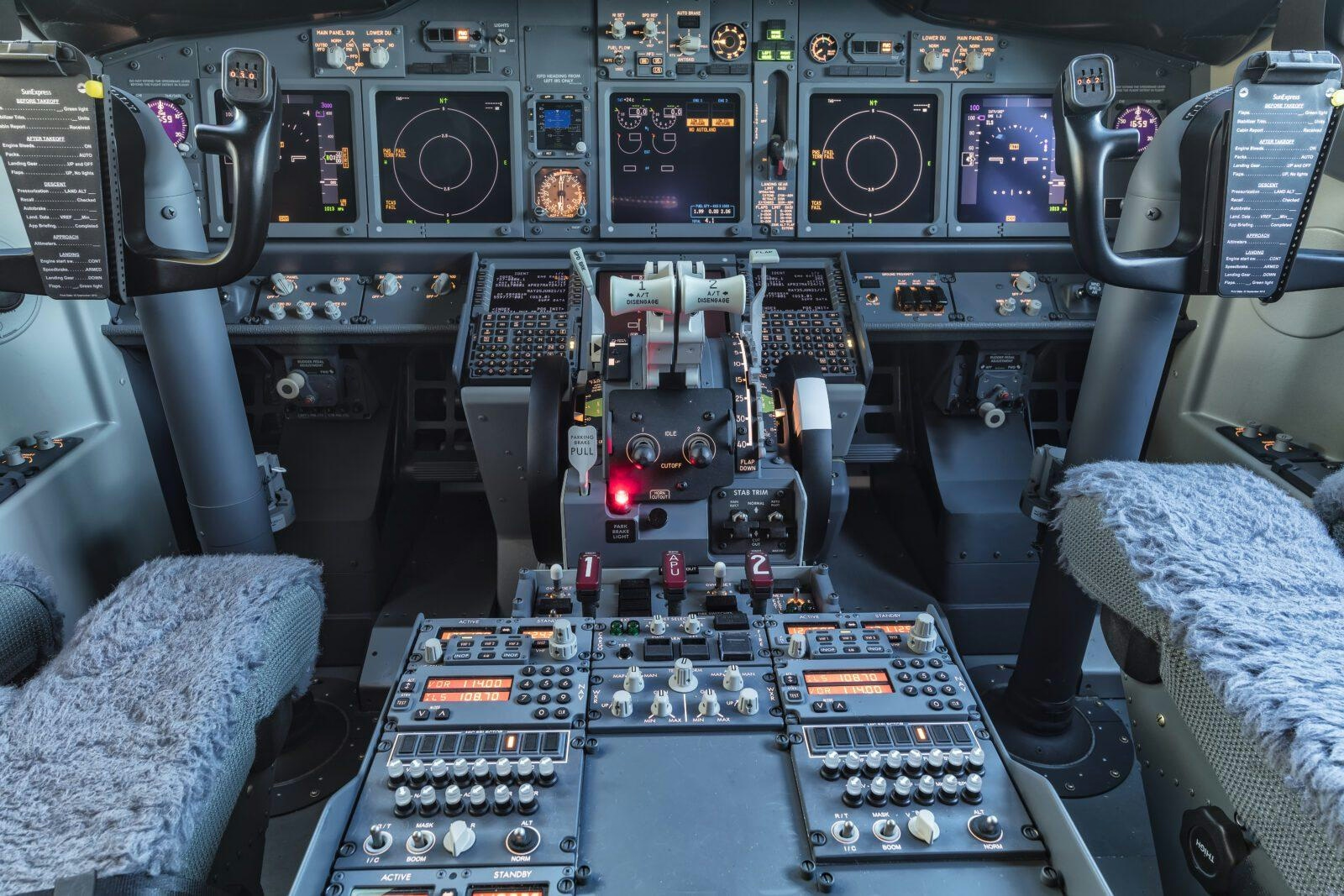
Investigators Examine Theory That Cockpit Sun Visor Caused Boeing 737 Engine Shutdown After Takeoff

Comparing the Fuselage Lengths of the Airbus A350-1000 and Boeing 787-10
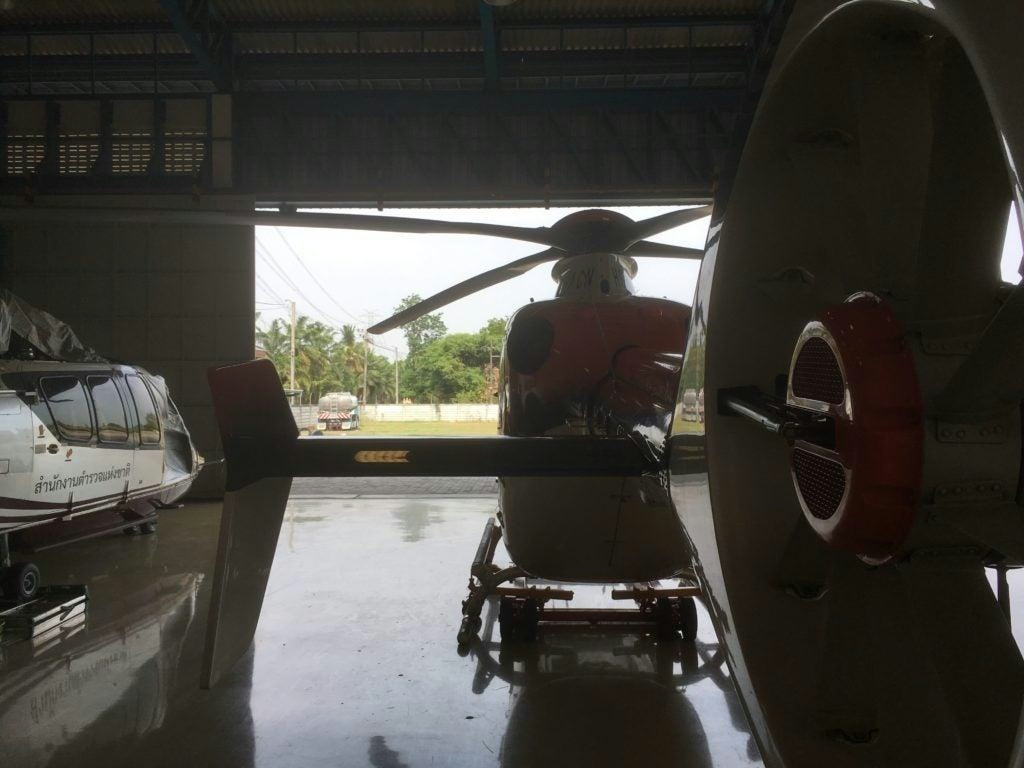
Thailand Establishes U-Tapao Aircraft MRO Center Contract for January 2026
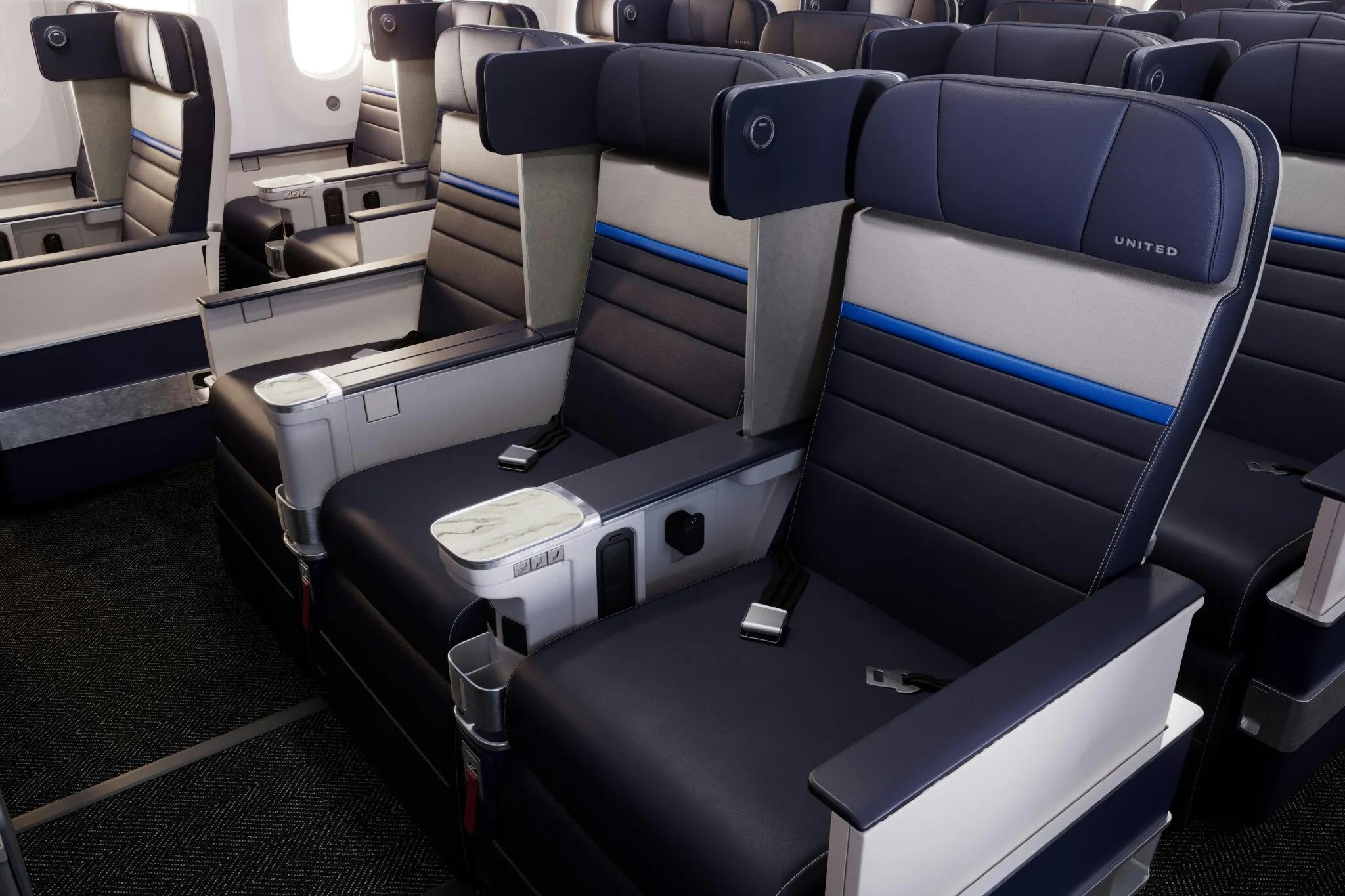
United Airlines Announces Routes for New Premium Boeing 787s
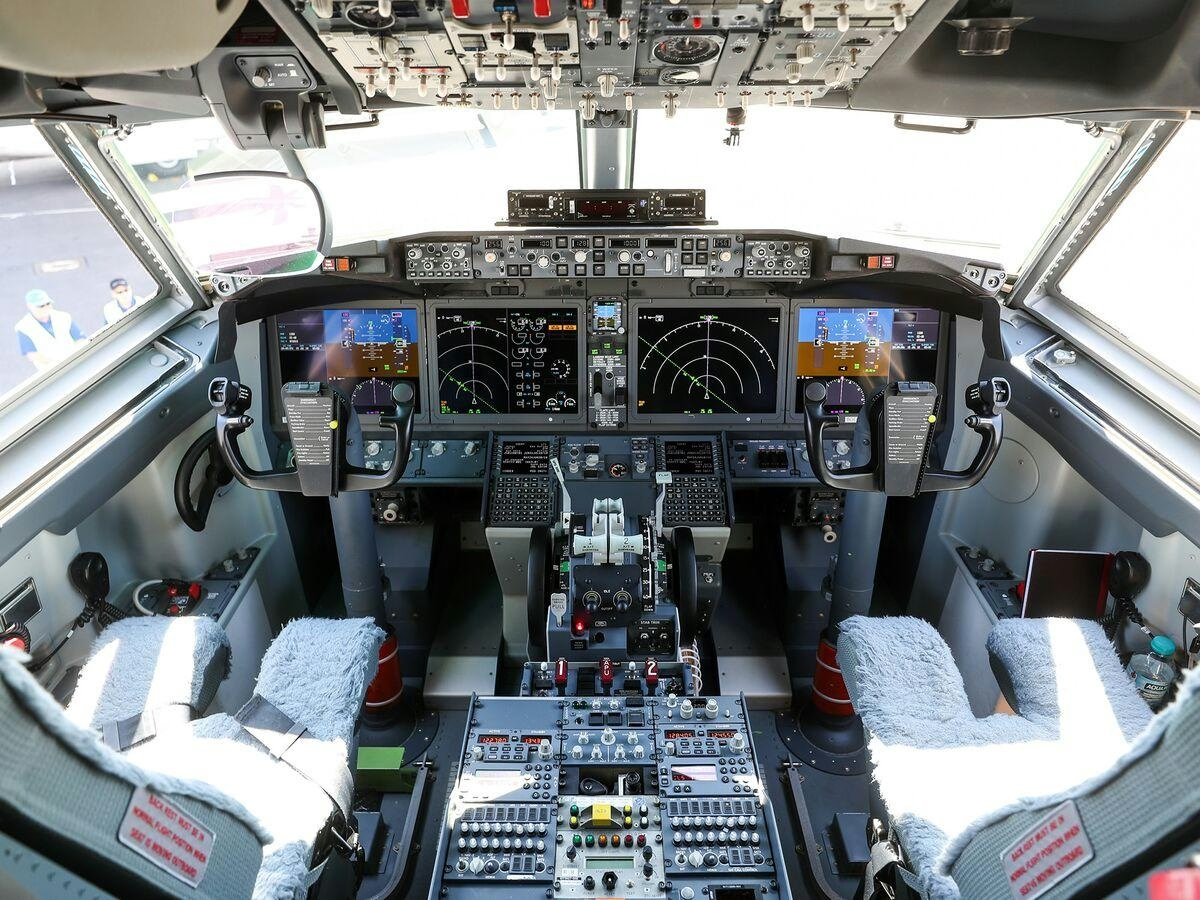
Boeing Introduces Remote Co-Pilot Technology
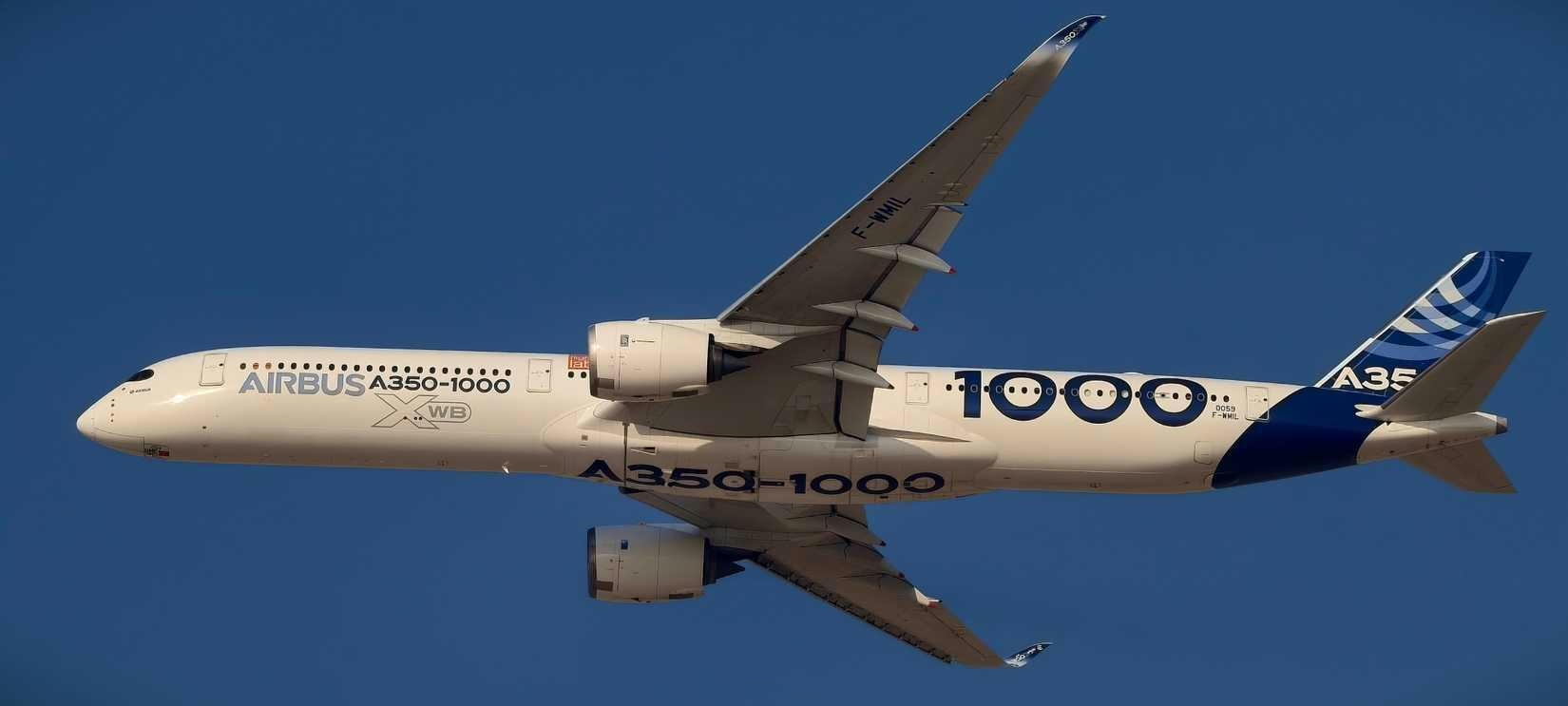
The Airbus A350-1000’s Fuel Efficiency Advantage Explained
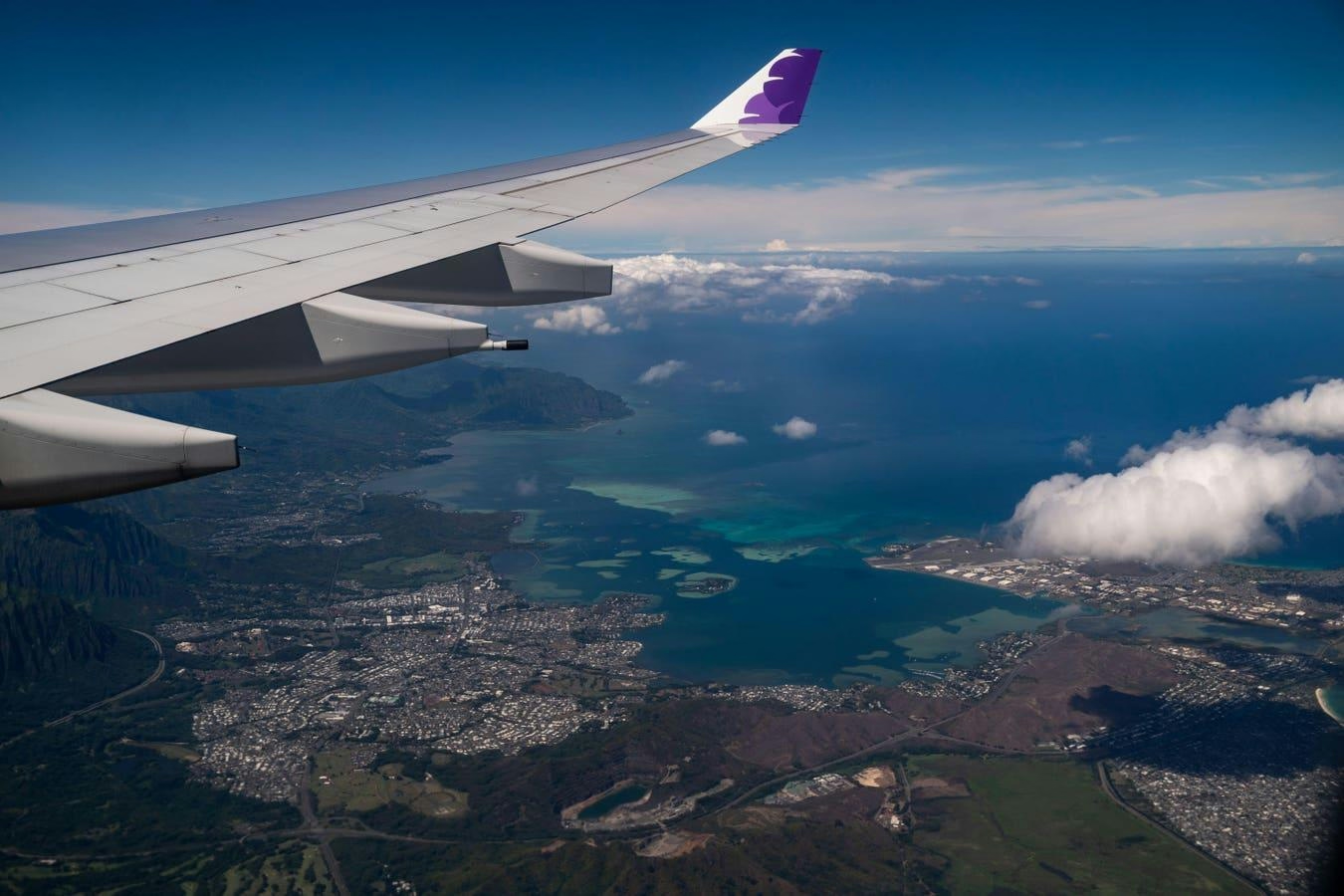
McNally Capital Expands Aviation Operations to Support Global Tourism

Two Young Climbers Begin Winter Ascent of McKinley
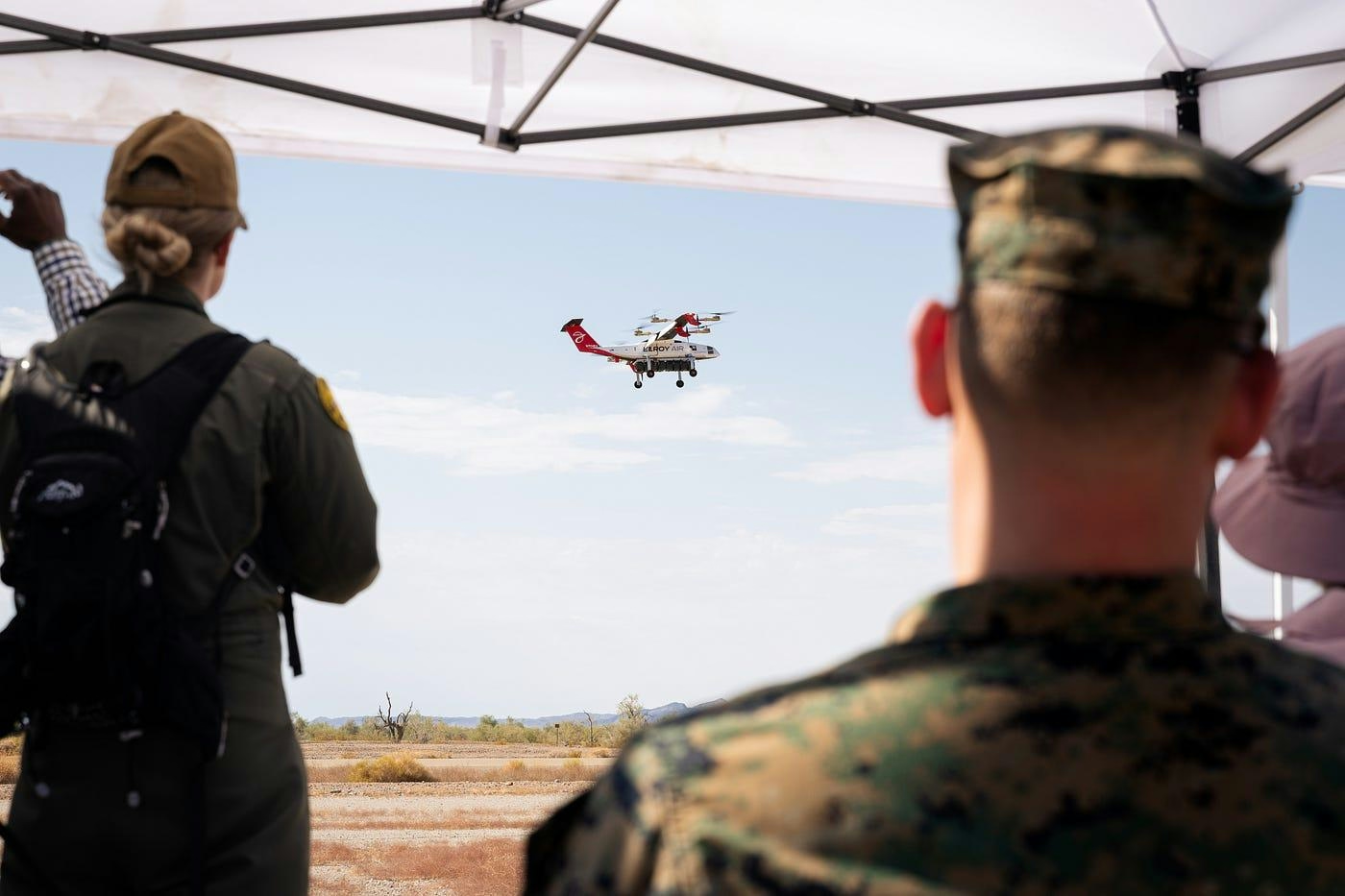
Elroy Air’s Autonomous Chaparral Delivers Lunch on A-to-B Flight
